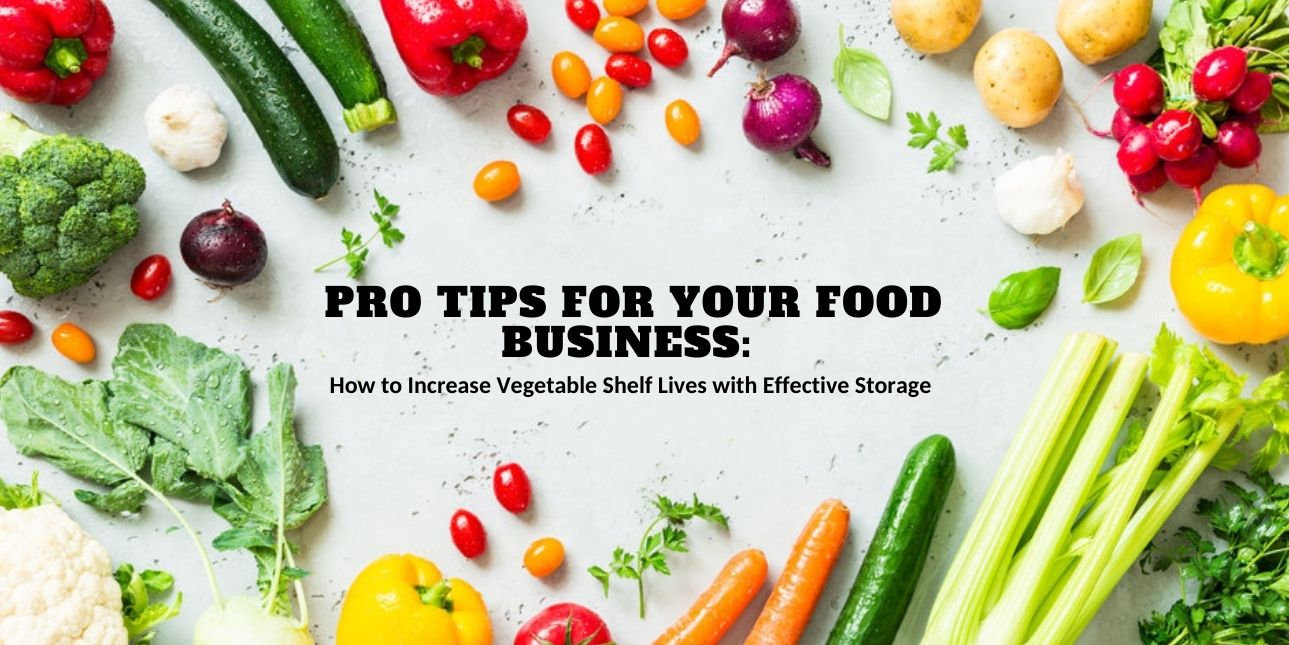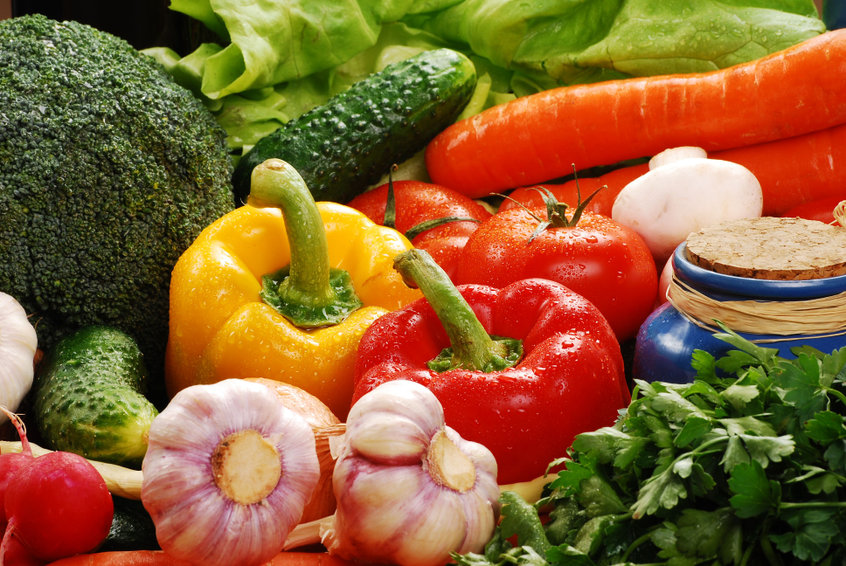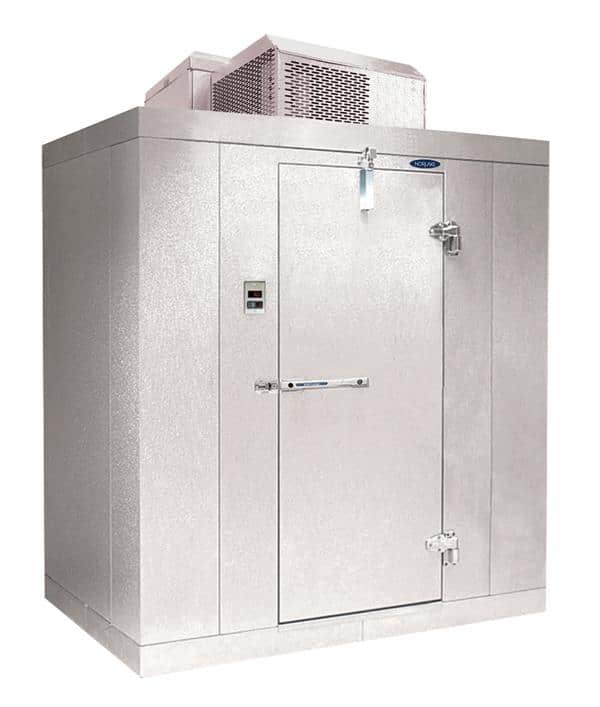
To run a commercially viable food business, you need to be aware of the essential processes to keep your business afloat for years. As you will not have the time to procure vegetables daily for your business, you will have to find solutions to prolong the lifespan of the vegetables and fruits that you buy in bulk. One of the key challenges for you will be to reduce the perishability of veggies or food products. You can prolong the shelf life of veggies and fruits by implementing a few methods that are simple yet effective. In this article, we discuss how to store vegetables, how to store vegetables effectively in a fridge, keeping vegetables fresh in a refrigerator, keeping vegetables fresh longer in the refrigerator, freezing vegetables in the refrigerator drawer, and keeping vegetables fresh after cutting.
Storing Vegetables
For serving delicious vegetarian dishes to your patrons, you will need to understand the basics of storing vegetables. Some vegetables tend to stay fresh at room temperatures or in relatively cool temperatures away from moisture, light, and heat. You can store fresh vegetables in cupboards, pantries, and other vegetable storage containers. Vegetables can stay fresh atn 50 to 70 degrees Fahrenheit. While storing vegetables, keep them away from direct sunlight because some vegetables can sprout over time due to continuous exposure to light.
Some vegetables that can be stored in cool, dark, and dry places are:
Garlic
Onions
Potatoes
Ginger
Shallots
These food items can be stored in a pantry or containers for more than a month. You need to make sure that the temperature ranges between 50 to 60 degrees Fahrenheit.
How to Store Vegetables in Fridge
Storing cut vegetables in the refrigerator is essential for the success of your restaurant, salad and sandwich bar, and other commercial food establishments that you may own. The process of storing cut veggies and fruits in the refrigerator can streamline the cooking process in your food establishment. You can easily chop, cut, and store the vegetables in the refrigerator for prolonged use.
Asparagus: First, trim the edges of the asparagus and then place it inside a jar or a container of water. Then place a plastic bag over it and store it in the fridge to keep the flavor of the asparagus intact. You can also freeze asparagus after blanching it and placing it in freezer bags.
Lettuce and Other Green Veggies: To store lettuce and other green vegetables in the fridge, you need to cut or remove the leaves from the vegetable's edges and remove any dried leaves. Once it has been dried, you can place it on paper towels and roll it. Now secure the vegetables in the paper towel and place it in the refrigerator for preservation.
Beets: For storing vegetables like beets, you should remove the root section and leave one to two inches of the stem portion. You can then cut or chop the beet into pieces and store it in a container. The container should be lined with a moist paper towel to store it for a longer period.
You can also freeze beet, but you need to place the cut or chopped beet pieces in a freezer-safe bag. You can even pre-cook the beet before storing it in a commercial freezer. Precooked beet will retain more texture than uncooked beet. You can create beet puree, soup, and beet cakes from frozen beet pieces.
How to Keep Vegetables Fresh Longer in Refrigerator
Listed below are some ways to keep vegetables fresh longer in the refrigerator:
Blanching: The blanching process involves submerging vegetables in boiling water for a short period. You can dip the vegetables for 30 seconds to 5 minutes. Then transfer the vegetables into an ice bath. After they have cooled down, you can drain the excess moisture. After the process is complete, place the food in freezer-safe bags and store it in the freezer.
Temperature: To keep food fresh for a longer period, you should set the temperature of the refrigerator between 33 to 40 degrees Fahrenheit.
Humidity: You can adjust the humidity levels inside a refrigerator by opening or closing vents in the drawers. If you want your vegetables to be fresh, then opt for high humidity conditions. To achieve that, you need to close the vents of the refrigerator drawer. But for storing fruits for a prolonged period, you need low humidity conditions. You can do that by opening the vents of the refrigerator drawer.
Vegetables Freezing in Refrigerator Drawer
Commercial refrigerators come with refrigerator drawers to keep food fresh for a prolonged period. But often, you will observe that your favorite veggies freeze. This can happen due to multiple reasons; it can be because of wrong settings or a major malfunction of the refrigerator.
Temperature Setting: If you observe that the fridge drawer keeps freezing your favorite bell pepper or apple, then the first thing you should check is the temperature settings. If the temperature is set too low, then cold air can settle at the bottom of the drawer and freeze your favorite vegetables and fruits. The ideal temperature setting for the refrigerator should be between 37-42 degrees Fahrenheit. Some vegetable drawers have separate temperature controllers. If the setting is set too low inside the refrigerator drawer, it can freeze the drawer's contents. Make sure to raise the temperature of the drawer to prevent freezing of your essential food products.
Overstuffed Refrigerator: If you buy vegetables in bulk for your commercial establishment, there is a high chance that you may overstuff your refrigerator. Overstuffing or overcrowded refrigerator drawers can lead to serious freezing issues. Fresh vegetables can get frozen due to cold air trapped inside the drawer. To prevent freezing of foods, you should keep drawers half-full so that proper airflow can be maintained inside the drawer. Also, try to keep the manual vents of refrigerator drawers clear from any obstruction.
Refrigerator Cooling Vents: For vegetable storage, you should understand how refrigerator cooling vents work. The refrigerator vents emit cold air to cool the food products in the fridge. If the vents are blocked, cold air becomes trapped at the bottom of the refrigerator, and refrigerator drawers will freeze the food. Try to keep the refrigerator vents clear from any obstructions for proper circulation of cold air in the refrigerator.
Empty Refrigerator: There will be times when you have used up most vegetables and fruits stored in the refrigerator drawers. The primary issue that you will then face is that the leftover vegetables will freeze as cold air will sink to the bottom of the refrigerator. Food products absorb the excess cold air emitted by the refrigerator. But when the fridge has limited items, there is less absorption of cold air, and the existing vegetables and fruits will freeze.
How to Keep Vegetables Fresh After Cutting
You can store freshly cut vegetables in a refrigerator to prolong their freshness. Most vegetables that have been cut can be stored in a fridge. You can keep all cut veggies in a container and seal it properly before storing them in the refrigerator. You can use zip-lock bags, silicone pouches, and containers with lids to store freshly cut veggies. You can also blanch vegetables before drying them out and storing them in the freezer.
If you are interested in learning how to cook vegetarian dishes for your commercial establishment, then here are some cooking recipes!













